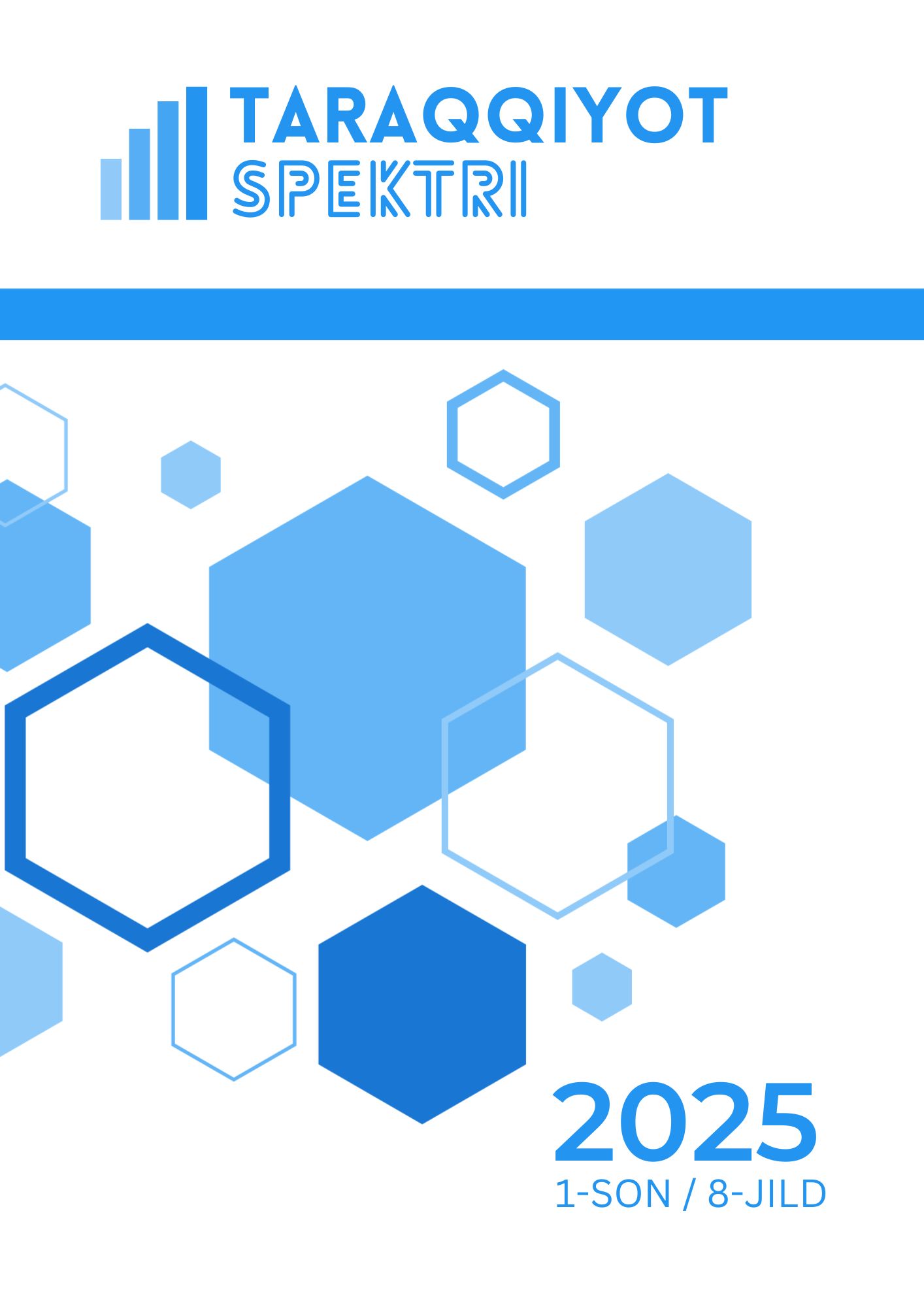WAYS TO ENSURE ECOLOGICAL BALANCE THROUGH SUSTAINABLE TECHNOLOGIES
Kalit so'zlar:
sustainable technologies, ecological balance, green innovation, clean energy, environmental protection, waste management, eco-efficiencyAnnotatsiya
This article explores the role of sustainable technologies in achieving
ecological balance amid increasing environmental degradation. As climate change,
pollution, and resource depletion intensify globally, the integration of green technologies
into key sectors becomes a necessity. The study analyzes current trends in sustainable
innovations, evaluates their effectiveness in environmental protection, and proposes
solutions applicable across industries. Through a review of scientific literature and global
case studies, the research highlights the need for systematic implementation of clean
energy, waste reduction methods, and eco-friendly production systems to ensure long-term
environmental sustainability.
Foydalanilgan adabiyotlar
1. United Nations. (2021). Sustainable Development Goals Report 2021. New York: UN
Publications.
2. World Economic Forum. (2022). Top 10 Emerging Technologies Report.
3. International Renewable Energy Agency (IRENA). (2023). Renewable Capacity
Statistics 2023.
4. World Bank. (2020). Green Growth Opportunities for Central Asia.
5. Pope Francis. (2015). Laudato Si’: On Care for Our Common Home. Vatican City.
6. Food and Agriculture Organization (FAO). (2022). Smart Farming for Sustainable
Agriculture.
7. Ellen MacArthur Foundation. (2019). Completing the Picture: How the Circular
Economy Tackles Climate Change.
8. United Nations. (2015). Transforming Our World: The 2030 Agenda for Sustainable
Development.
9. Geels, F. W., et al. (2017). ―The multi-level perspective on sustainability transitions:
Responses to seven criticisms.‖ Environmental Innovation and Societal Transitions,
1(1), 24–40.
10. Sovacool, B. K., & Griffiths, S. (2020). ―Culture and low-carbon energy transitions.‖
Nature Energy, 5(8), 653–664.
11. International Energy Agency (IEA). (2022). World Energy Outlook 2022.
12. Kees, A., et al. (2021). ―Digital transformation in environmental management.‖
Journal of Cleaner Production, 305, 127123.
13. Stahel, W. R. (2016). ―The circular economy.‖ Nature, 531(7595), 435–438.
14. Wüstenhagen, R., & Boehnke, J. (2020). ―Bridging the valley of death in clean energy
innovation.‖ Energy Policy, 137, 111095.
15. United Nations Development Programme (UNDP). (2021). Low-Emission
Development Strategies in Central Asia: Progress and Prospects.

